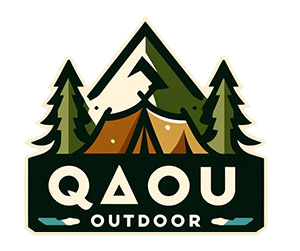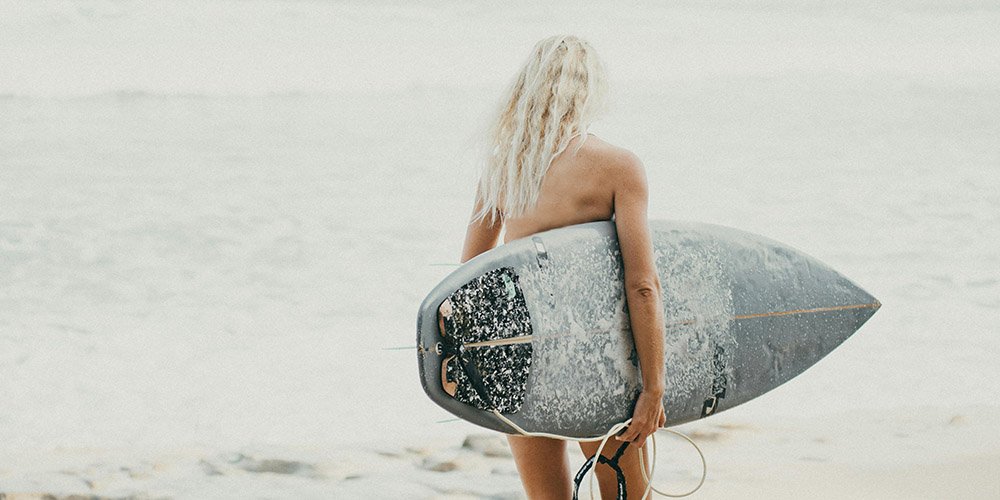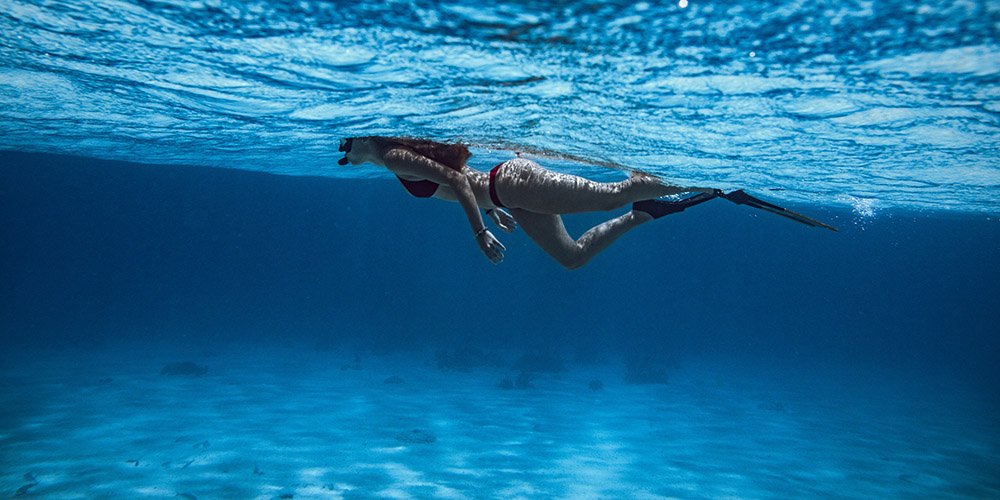Getting Started with Scuba Diving: Everything You Need to Know
Scuba diving offers a unique opportunity to explore the underwater world, filled with vibrant marine life, stunning coral reefs, and the quiet serenity of the ocean. For beginners, diving may seem both exciting and intimidating. With the right guidance, it’s a journey anyone can embark on. This guide covers everything you need to know to get started with scuba diving.
Understanding Scuba Diving
At its core, scuba diving is the practice of exploring underwater environments using self-contained underwater breathing apparatus (scuba). Divers carry their air supply in tanks, allowing them to stay submerged for extended periods. There are various types of scuba diving, including recreational, technical, and professional diving, each catering to different skill levels and goals.
Recreational diving is the most common and focuses on enjoying the underwater world at manageable depths. Technical diving involves more complex equipment and techniques, enabling divers to explore greater depths or challenging conditions. Professional diving, such as underwater photography or marine conservation, often combines expertise with specialized training.

Health and Fitness Considerations
Good health and physical fitness are essential for safe scuba diving. Before beginning your journey, you’ll need to complete a medical questionnaire to ensure there are no conditions that might pose risks, such as heart issues or respiratory problems. While you don’t need to be an Olympic swimmer, being comfortable in water and having basic swimming skills are crucial. Practicing floating, treading water, and swimming with fins can help build your confidence.
Choosing a Certification Agency
To dive safely, you’ll need proper certification. Major certification agencies, such as PADI (Professional Association of Diving Instructors), SSI (Scuba Schools International), and NAUI (National Association of Underwater Instructors), offer globally recognized training programs. These agencies provide beginner courses, such as the Open Water Diver course, which teaches foundational skills, safety practices, and equipment use.
When selecting an agency, consider factors like course availability in your area, the reputation of instructors, and the type of diving you aim to pursue. Regardless of the agency, the core principles of training remain similar, ensuring you’re prepared for underwater exploration.
The Certification Process
The journey to becoming a certified diver typically involves three main components:
- Knowledge Development: This involves learning the principles of diving, including buoyancy, pressure, and underwater communication. Courses are offered in-person or online, allowing flexibility.
- Confined Water Dives: In a pool or controlled environment, you’ll practice essential skills such as mask clearing, regulator recovery, and buoyancy control.
- Open Water Dives: These dives take place in real-world conditions, such as oceans or lakes, where you’ll apply your skills under the supervision of an instructor. Completing these dives is the final step to earning your certification.

Essential Scuba Diving Equipment
Having the right gear is crucial for a safe and enjoyable experience. The basic equipment includes:
- Mask and Snorkel: For clear vision and easy breathing on the surface.
- Fins: To propel yourself efficiently underwater.
- Buoyancy Control Device (BCD): A vest that helps control your buoyancy.
- Regulator and Octopus: Devices that deliver air from your tank and serve as a backup.
- Dive Computer: To monitor depth, time, and air supply.
Beginners often rent equipment, but as you gain experience, investing in your own gear ensures proper fit and familiarity.
Owning your own must-have scuba diving gear not only enhances comfort but also improves safety by ensuring that every piece fits properly and functions as expected. A well-fitted mask prevents leaks and fogging, while personally selected fins optimize movement efficiency based on your diving style. Customized regulators and BCDs tailored to your needs provide greater control underwater, making buoyancy adjustments more intuitive. Over time, familiarity with your own equipment fosters confidence, allowing you to focus on the dive itself rather than adjusting to unfamiliar rental gear.
Safety Practices and Dive Planning
Safety is the foundation of scuba diving. Always follow the buddy system, diving with a partner to assist in case of emergencies. Effective communication is vital—underwater hand signals allow divers to convey important messages.
Dive planning is equally important. Before each dive, calculate your maximum depth and dive time based on your air supply and safety limits. Use dive tables or a dive computer to avoid exceeding safe nitrogen levels in your body, which can lead to decompression sickness.
Environmental Awareness and Conservation
Scuba divers have a unique responsibility to protect the ocean. By following environmentally friendly practices, you can minimize your impact on marine ecosystems. Avoid touching coral reefs, as they are fragile and can be easily damaged. Be mindful of marine life, maintaining a safe distance to prevent stress or harm.
Participating in conservation efforts, such as underwater cleanups or supporting marine sanctuaries, helps preserve these environments for future generations. Responsible diving ensures that the underwater world remains as beautiful as it is today.
Continuing Education and Specializations
Once certified, the adventure doesn’t stop. Continuing education courses, such as Advanced Open Water Diver or Rescue Diver, allow you to expand your skills and explore new dive sites. Specialty courses like underwater photography, night diving, or wreck diving open up even more opportunities to experience the underwater world in diverse ways.
Conclusion
Getting started with scuba diving is an exciting and rewarding journey. By prioritizing safety, learning from experienced instructors, and respecting the underwater environment, you’ll be well-prepared to explore the wonders beneath the waves. Whether you’re captivated by colorful coral reefs, curious about shipwrecks, or eager to encounter marine life, scuba diving offers endless adventures. Take the plunge and discover a whole new world beneath the surface!








